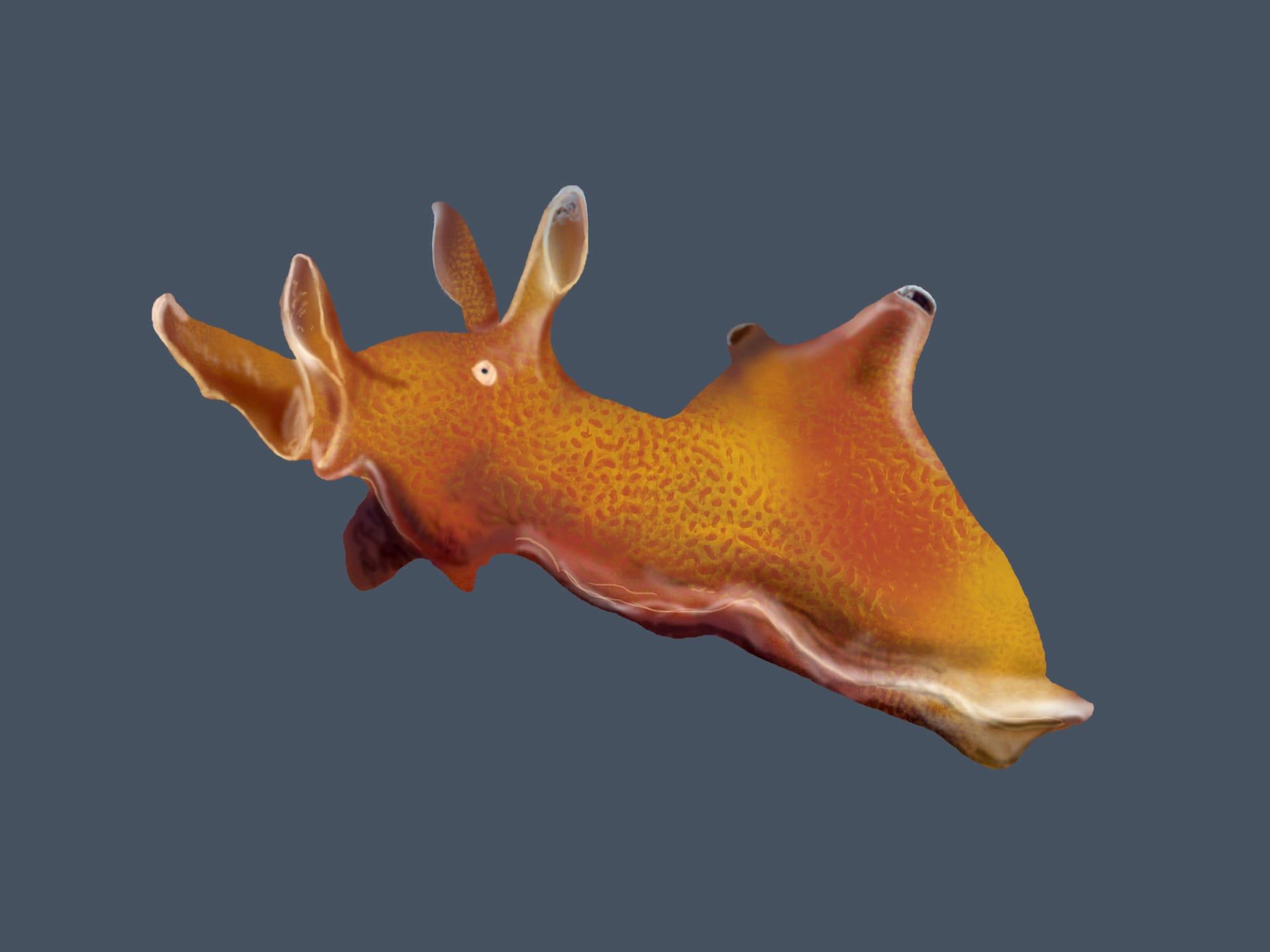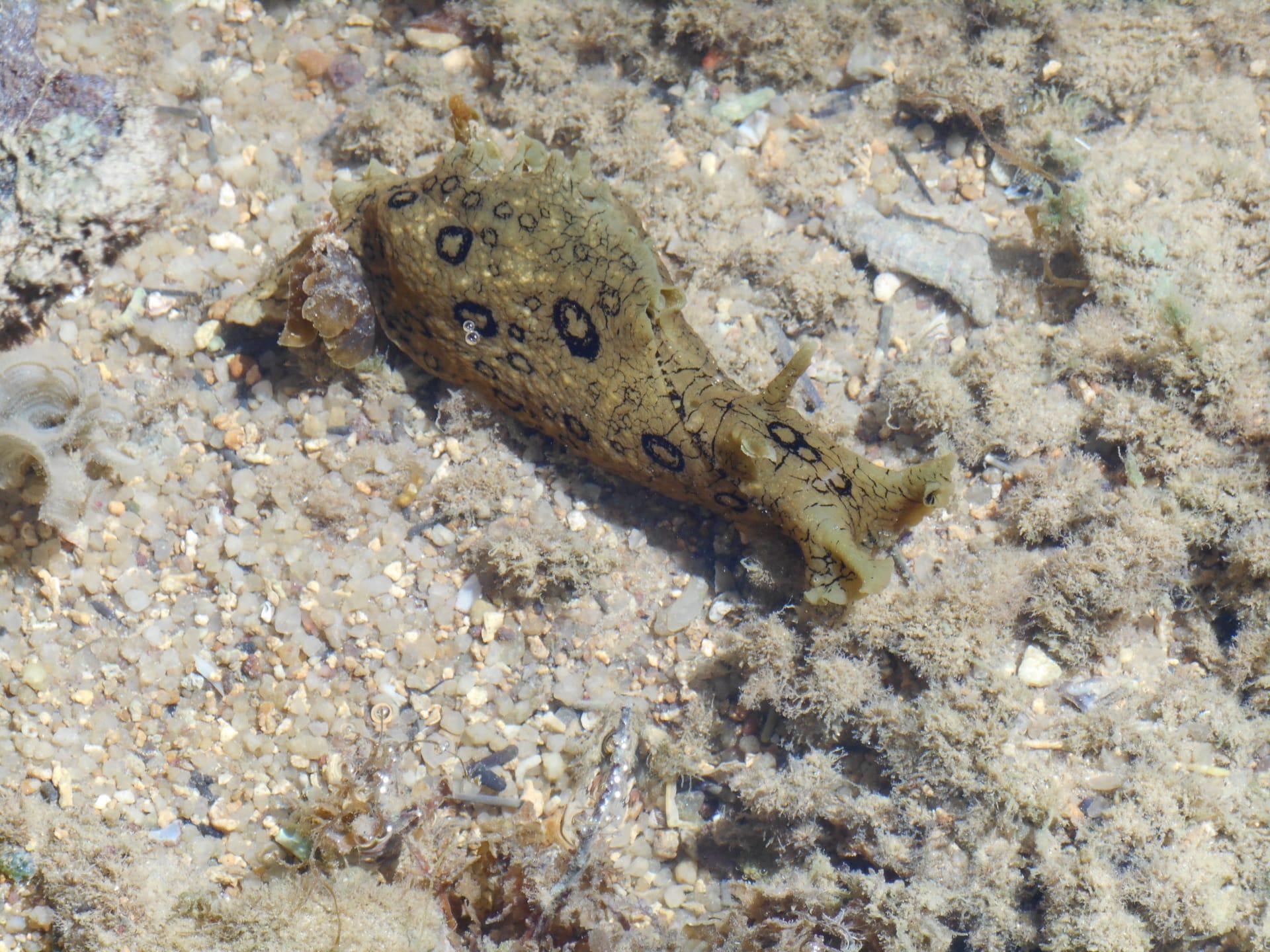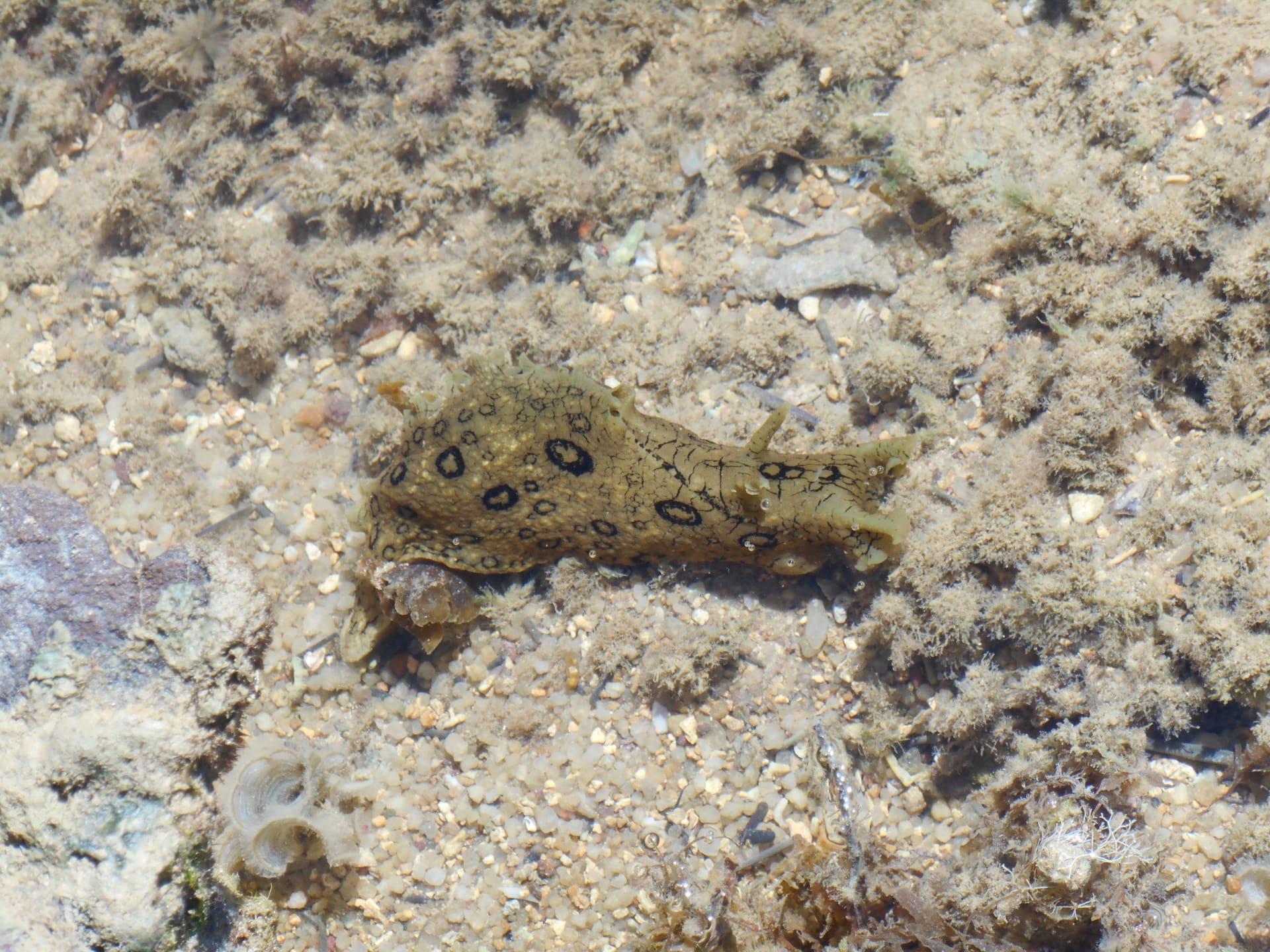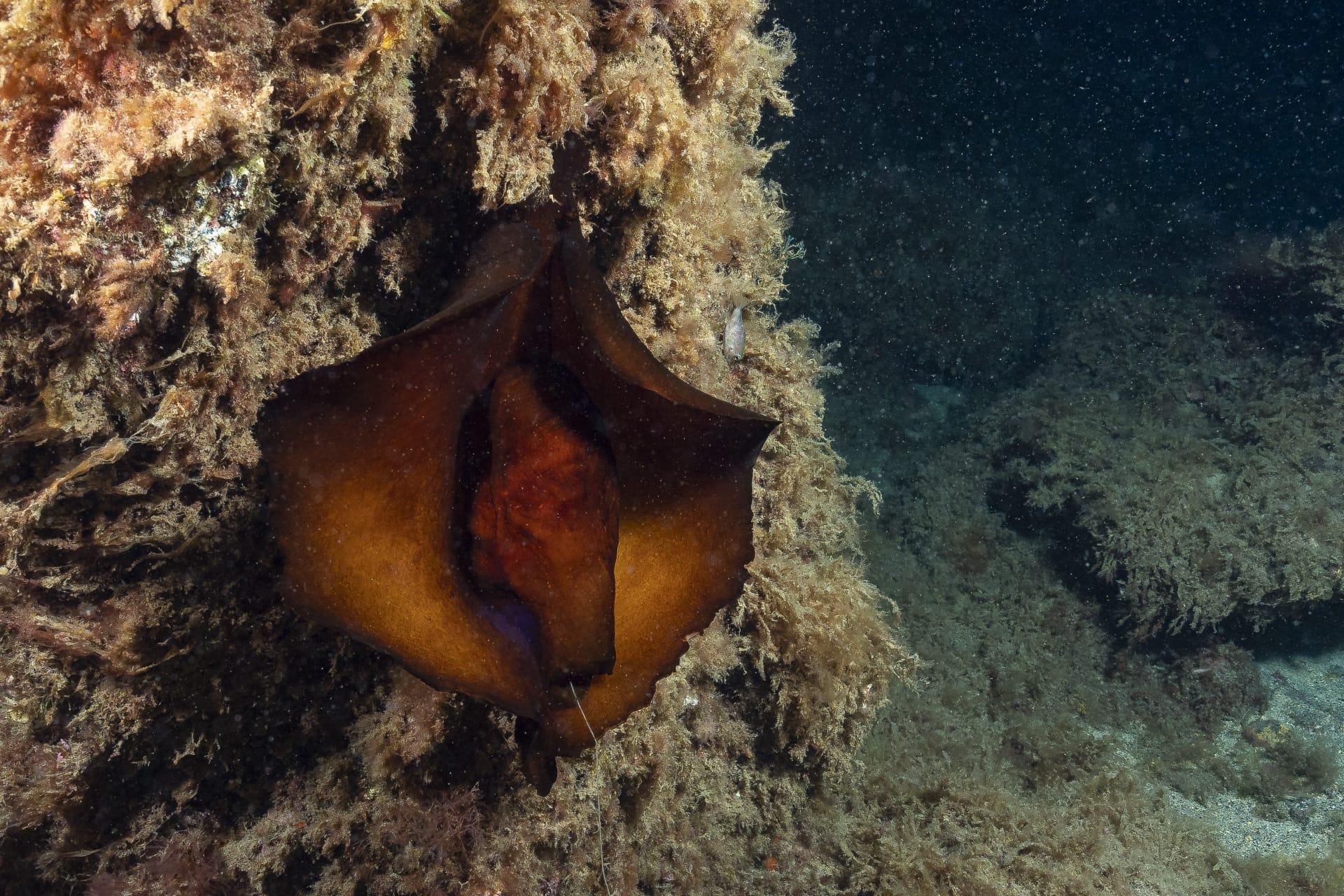Aplysia Trivia
- Home /
- Trivia Question /
- Animal /
- Aplysia Trivia
1
Question: What exactly is a sea hare (Aplysia), and how big can they get?
Answer: The sea hare, or Aplysia, is a fascinating marine mollusk, a bit like a snail but without a prominent shell. They're known for their distinctive appearance, resembling a rabbit's ears (hence the name "sea hare"). These creatures can vary in size, with some species like Aplysia californica reaching up to 75 centimeters in length and weighing up to 5 kilograms. Their size and color can vary depending on their specific habitat and diet.
Question: Why are sea hares known for their ink release, and what's unique about it?
Answer: Sea hares are famous for their defensive mechanism of releasing ink. When threatened, they eject a cloud of purple ink, similar to an octopus. This ink contains chemicals that can confuse predators by altering their sense of smell and taste. Interestingly, the ink's effectiveness varies depending on the predator's sensory abilities. This defense strategy not only provides a visual smokescreen but also chemically deters potential threats.

2
Question: Is it true that sea hares are poisonous?
Answer: Yes, but there's more to it. Sea hares do have toxins, but they are not generally harmful to humans. These toxins, found in their skin and ink, are primarily a defense against predators in the ocean. The level of toxicity can vary among different species of sea hares. It's interesting to note that these toxins are often acquired from their diet, mainly algae, which they store in their bodies.
Question: Do sea hares have a brain, and how do they function without a well-defined one?
Answer: Sea hares do have a simple brain, but it's quite rudimentary compared to other animals. Their nervous system is composed of a series of ganglia, or nerve cell clusters, which control various functions. Despite having a basic brain, sea hares are remarkable for their neural studies. Scientists study them to understand basic neural mechanisms because of their large, easily observable neurons. This research has contributed significantly to our knowledge of neurology.

3
Question: How do sea hares reproduce, and is there anything unique about their process?
Answer: Sea hare reproduction is quite intriguing. They are hermaphrodites, meaning each individual possesses both male and female reproductive organs. During mating, they can act as either gender. Mating often occurs in chains, with one individual acting as a male to the one in front and as a female to the one behind. This unique reproduction strategy is not just fascinating but also advantageous for their survival, ensuring higher chances of successful reproduction.
Question: What is the lifespan of a sea hare, and how does it vary among species?
Answer: The lifespan of sea hares can vary significantly among species, but many live for only about one year. Some species, like the California sea hare, have a slightly longer lifespan, reaching up to two years. Their life cycle is quite rapid, evolving from larvae to fully grown adults in just a few months. This short lifespan is typical for many marine invertebrates, emphasizing rapid growth and reproduction within a limited time frame.

4
Question: What do sea hares eat, and how does their diet affect their color?
Answer: Sea hares primarily feed on algae, both red and green varieties. Their diet has a direct impact on their coloration. For example, a sea hare that consumes a lot of red algae tends to have a reddish hue, while those feeding on green algae will appear more greenish. This diet-driven coloration helps them in camouflage, blending seamlessly with their environment to evade predators.
Question: Can sea hares swim, and if so, how?
Answer: Yes, sea hares can swim, and it's quite a sight! They swim by using a form of jet propulsion, flexing their muscular foot and expelling water to move. They also use their large wing-like flaps, called parapodia, to glide through the water. While they're not the fastest swimmers, this ability allows them to escape predators and explore different areas for food.

5
Question: How do sea hares sense their environment, given their simple nervous system?
Answer: Despite their simple nervous system, sea hares have developed efficient ways to sense their environment. They primarily use their rhinophores, which are sensory tentacles on their head, to detect chemical signals in the water. These signals can indicate the presence of food or predators. Additionally, they have a light-sensitive eyespot that can distinguish light from dark, aiding in navigation.
Question: Are sea hares solitary creatures, or do they exhibit any social behavior?
Answer: Sea hares are mostly solitary creatures, but they do show some interesting social behaviors during certain times, especially breeding season. During this period, they gather in large groups, forming mating chains as part of their reproductive strategy. Outside of breeding, they're mostly independent, focusing on foraging and camouflage. Their solitary nature is a survival tactic, reducing the chances of attracting predators.